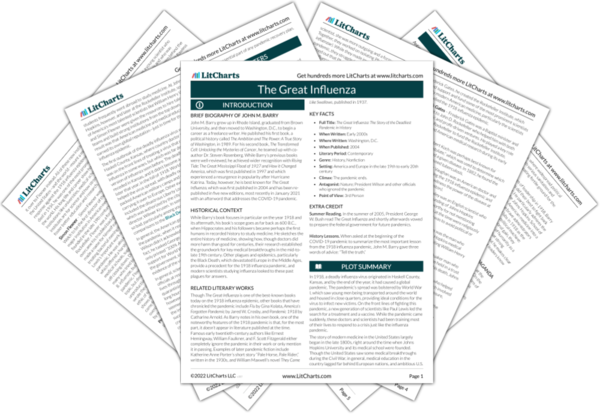During the pandemic, leaders who tried to go it alone often ended up causing devastating unintended consequences. Though the stakes are not as high after the pandemic, some scientists fell into a similar trap, mistaking their immediate circumstances for a wider trend. Puncturing false ideas about
B. influenzae would take individual creativity, but it would also take an awareness of what was going on in the larger scientific community.
